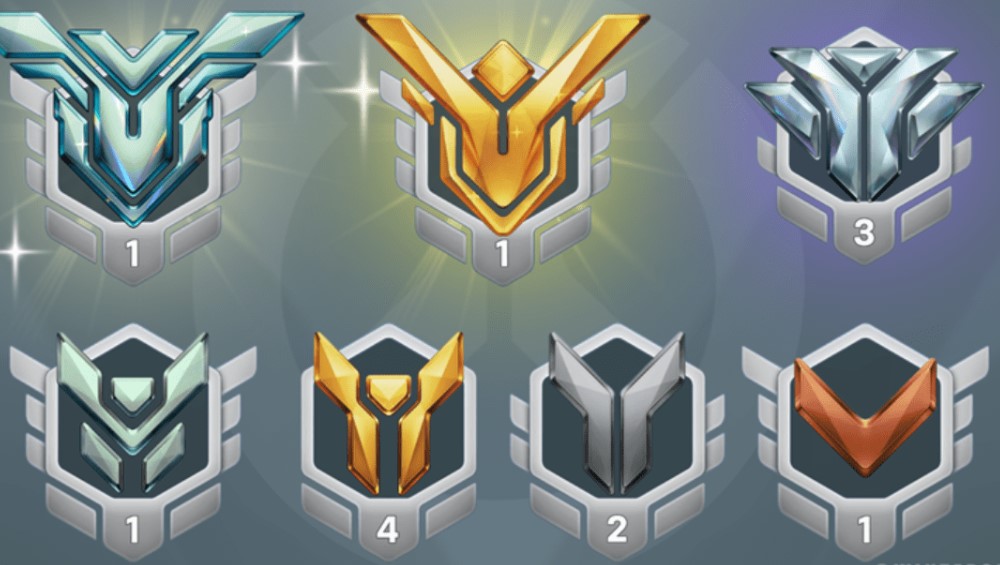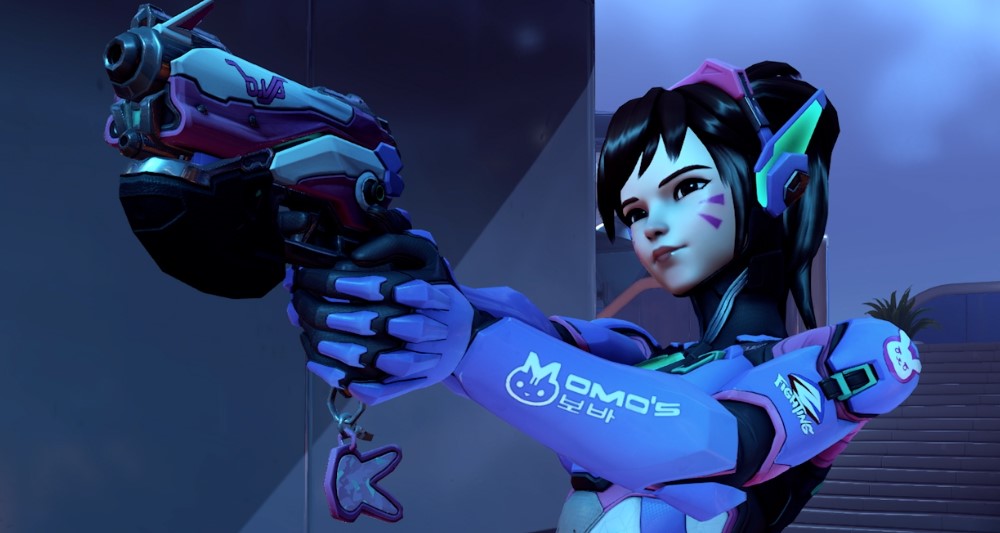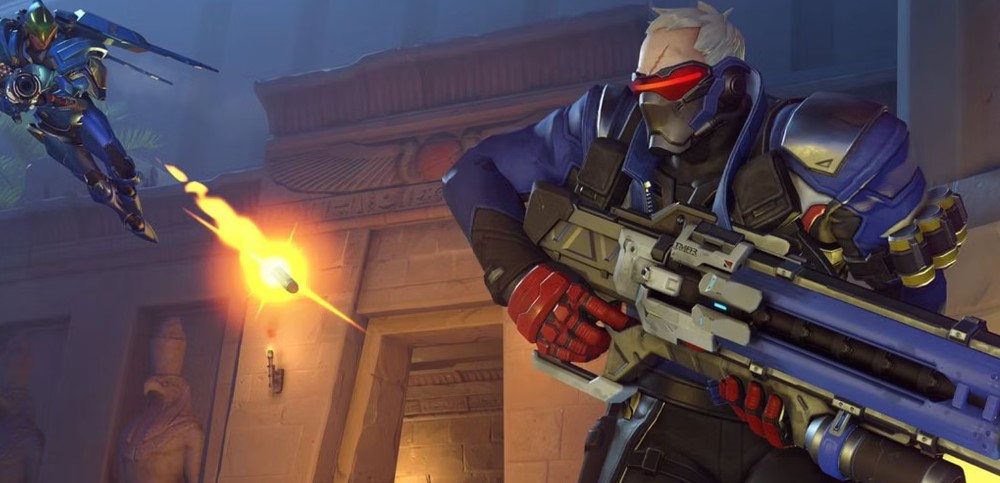Overwatch 2: How Does Matchmaking Work In 2024?

Today, I wanted to dive into the world of Overwatch 2 and take a closer look at how the matchmaking system works in 2024. As many of you know, the matchmaking system in Overwatch 2 has been a hot topic of discussion, with players expressing frustration and confusion about how it functions. In this blog post, I’ll break down the key components of the matchmaking system and shed some light on how it operates behind the scenes.
First and foremost, it’s important to understand that the matchmaking system in Overwatch 2 is not based solely on your visible rank or the number of games you win or lose. Instead, it relies on a hidden matchmaking rating (MMR) that is constantly being updated in the background. This MMR is essentially a numerical representation of your skill level, and it’s used to match you with players of similar skill.

Now, you might be wondering, “How is my MMR calculated?” Well, the MMR system in Overwatch 2 is based on a modified version of the Elo rating system, which was originally designed for chess. In simple terms, when you win a game, you gain MMR points, and when you lose a game, you lose MMR points. The amount of points you gain or lose is influenced by the average skill level of your opponents. If you win against better opponents, you’ll gain more points because the system recognizes that you’ve outperformed expectations.
One of the most common misconceptions about the matchmaking system is that it’s solely based on your win-loss ratio. However, this isn’t the case. The system takes into account various factors, such as the skill level of your opponents, the role you’re playing, and even your performance in previous games. This means that you could potentially lose a few games in a row but still maintain or even increase your MMR if you were playing against highly skilled opponents.

It’s also worth noting that the matchmaking system in Overwatch 2 has undergone some changes since the game’s launch. In Season 6, Blizzard introduced a new feature that takes into account your performance in Quick Play or your rank in other roles when determining your initial MMR for a new account. This means that if you’re an experienced player, you can potentially be placed in higher-skilled matches right from the start, rather than having to grind your way up from the bottom.
However, this system is not perfect, and it can sometimes lead to confusion and frustration among players. For example, you might find yourself in a situation where you win five games and lose two, but still rank down or stay at the same rank. This can be caused by a combination of factors, such as the skill level of your opponents in those games and the overall improvement of players around your rank.
Another point of frustration for many players is the lack of transparency surrounding the matchmaking system. Blizzard has admitted that the lack of clarity can lead to confusion and negative experiences for players. While they have provided some insight through blog posts and FAQs, many players still feel left in the dark about how the system truly works.

In final words, the matchmaking system in Overwatch 2 is a complex and constantly evolving beast. It relies on a hidden MMR that takes into account various factors beyond just wins and losses. While the system has its flaws and can be frustrating at times, it’s important to remember that it’s designed to create fair and balanced matches based on skill level. As players, the best thing we can do is focus on improving our own gameplay and trust that the system will ultimately place us where we belong. Until next time, happy gaming!